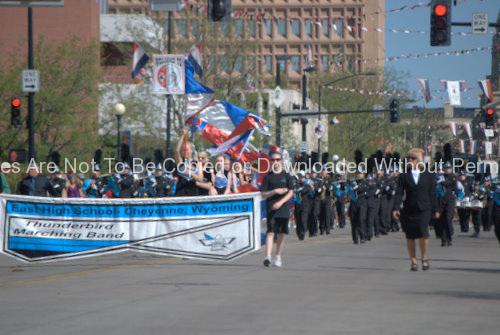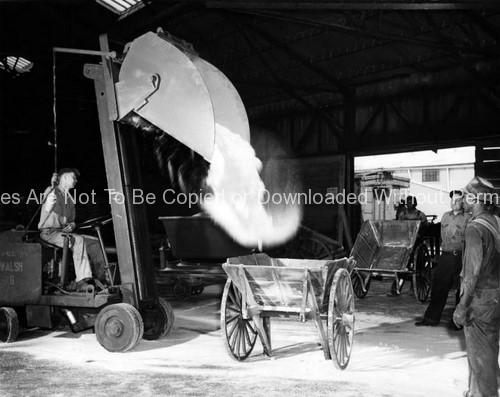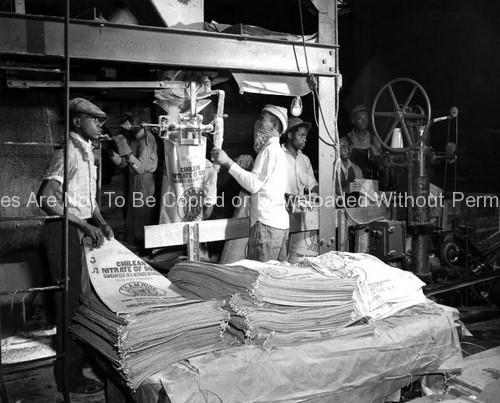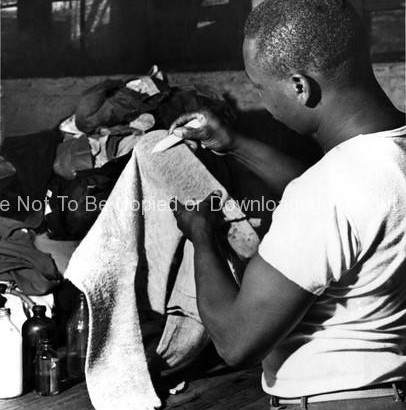People Stock Photos: Marine holding a flag in a parade.
keywords: marine, military, color guard, parade, pride
Stock Photo ID# BT55

People Stock Photos: Marine holding a flag in a parade.
keywords: marine, military, color guard, parade, pride
Stock Photo ID# BT55

People Stock Photos: Man on Bicycle in front of Starbucks in Ft. Collins, Colorado in Old Town section.
keywords: bicycle rider, bicyclist, Starbucks, Woman walking, Ft. Collins
Stock Photo ID# BT57

People Stock Photos: Mexican youth playing a drum in a marching band in Cheyenne Frontier Days parade.
keywords: Mexican boy, drummer, bass drum, big drum, marching band, black uniform, hot, heat, CFD, Cheyenne Frontier Days
Stock Photo ID# BT58

People Stock Photos: High school band marching in the 115th Cheyenne Frontier Days parade.
keywords: marching band, high school, CFD, 115th, Cheyenne Frontier Days
Stock Photo ID# BT59

People Stock Photos: Young woman walking toward a Starbucks store in Ft. Collins, Colorado
keywords: woman walking, Starbucks, Coffee, Ft. Collins, Colorado,
Stock Photo ID# BT60

People Stock Photos:
keywords: man and woman, older married couple, man and woman disagreeing, outside, outdoors
Stock Photo ID# BT61

People Stock Photos: Woman walking in Cheyenne, Wyoming.
keywords: woman, walking, sidewalk, outdoors, outside, horizontal, woman with purse
Stock Photo ID# BT62

Historical Stock Photos: This April 1941 historical photograph was provided by the Center for Disease Control’s (CDC), National Institute for Occupational Safety and Health (NIOSH). It depicted a number of industrial workers in Lee County, Alabama who were in the process of loading crushed limestone into pushcarts by using an overhead bucket shovel, which when unloaded, as was the case in this example, a large debris-could ensued, exposing onlookers to irritating airborne particulates. The potential worker health problems associated with crushed limestone, also known as calcium carbonate, includes respiratory hazards when inhaled, and dermatitis due to mechanical abrasion resulting from skin contact. Prolonged exposure may cause lung diseases such as “silicosis”. The men were equipped with inadequate respiratory protection. In the 1940s and 1950s, the Industrial Hygiene Division (IHD) investigated hazards associated with this and other activities involving workplace health hazards.
keywords: health hazards, industrial workers, black and white, old factories, historical photos

This April 1941 historical photograph was provided by the Center for Disease Control’s (CDC), National Institute for Occupational Safety and Health (NIOSH). It depicted a number of African-American workers loading nitrate of soda into cotton bags. Note that the men were equipped with inadequate respiratory protection. One worker in the background was wearing a simple dust mask. The worker in the center was using a bandana as protection, while the others were completely unprotected. In the 1940s and 1950s, the Industrial Hygiene Division (IHD) investigated hazards associated with activities such as metal grinding. The potential worker health problems associated with nitrate of soda dust include both inhalational respiratory pathology, and dermatitic, or skin irritation upon contact. Prolonged exposure may cause anemia, weakness, general depression, headache, mental impairment, methemoglobinemia, and nephritis.
keywords: black and white, nitrate of soda, no protection, respiratory problems, African American workers, 1940s, 1950s, 9463

Historical Stock Photos: From 1950, this historical photograph was provided by the Center for Disease Control’s (CDC), National Institute for Occupational Safety and Health (NIOSH), and depicted an African American worker in a dry cleaning establishment using the chemical “benzol”, another name for “benzene” (C6H6), in order to “spot clean” a garment. Benzene is a proven carcinogen, and very flammable. In the 1950s, the Industrial Hygiene Division (IHD) investigated hazards in dry cleaning environments. New non-flammable cleaners had recently been introduced that created concerns about their toxicity.
As of 2005, there were approximately 36,000 dry cleaning businesses in the U.S. with most employing less than ten people. The focus today is on the perchloroethylene, used as a solvent in 85% of dry cleaning shops. It is carcinogenic in animals and suspected to be so in humans
keywords: dry cleaning, african-american, black, black and white, NIOSH, Benzol, Benzene.